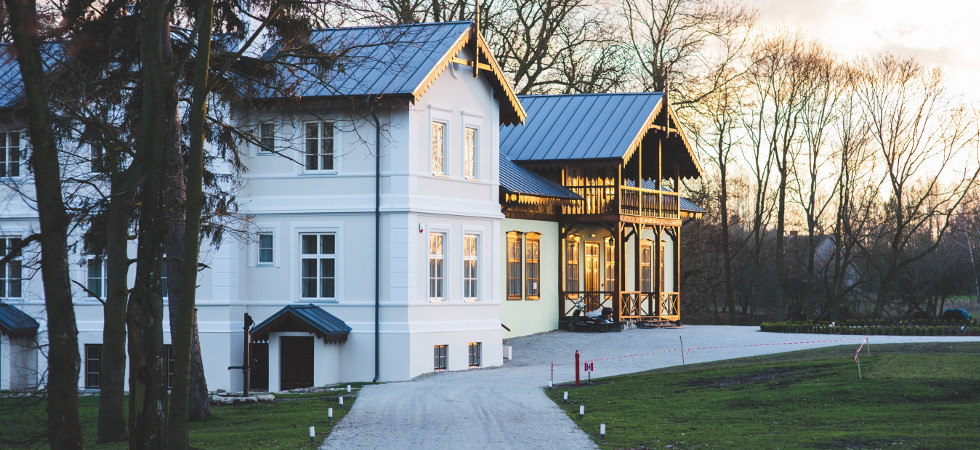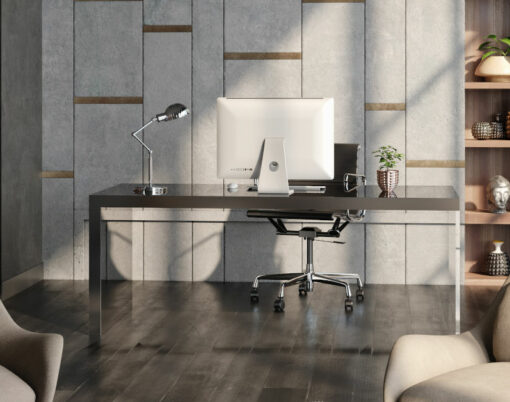A home is far and away the biggest investment any of us make during our lifetimes – this is a given. But what exactly is it that dictates how much money we pour into a property? Marble floors, brass bathroom fixtures, a top of the range oven complete with a steam setting for artisanal breads? To differentiate fact from fiction and dispel some property pricing falsehoods, here are a collection of the factors that are most important in determining the value of property.
Location
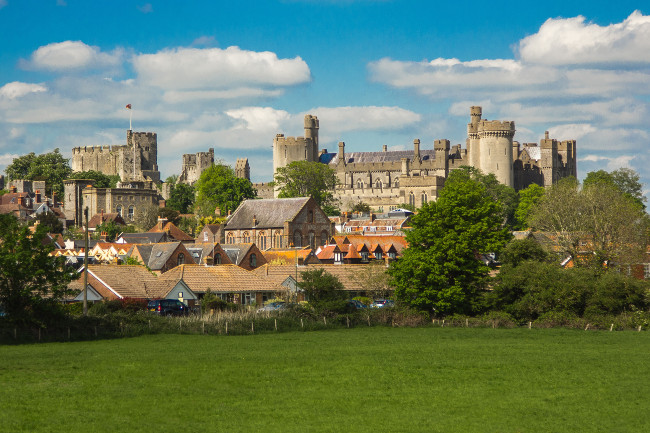
As much of a cliché as ‘location,location,location’ is, it remains the defining characteristic when it comes to the value of property. For prospective buyers with school-age children, high-quality schooling is the biggest motivating factor. Of course, the value of nearby quality schooling is off-set by the proximity employment opportunities as well as social, shopping and recreational centres. The value of living in a location with a quality school is instantly diminished if it makes a realistic commute and a healthy life balance unachievable. A property with the right grouping of surrounding amenities is a rarity, making these particular properties highly sought-after and valuable as a result.
Alongside the prized triumvirate of nearby work, school and shopping, there are a few other, more abstract factors that can play a role in shaping house prices. The privilege of living in a market town is worth £25,000. Research carried out by Lloyds demonstrated that similar properties in nearby(non-market) towns cost £25,000 less. Similarly influential is the presence of a Michelin-starred restaurant according to data collected by the website PrimeLocation in 2012 – their research showed that in some areas with Michelin restaurants, properties were worth up to 50% than the regional average.
Appearance
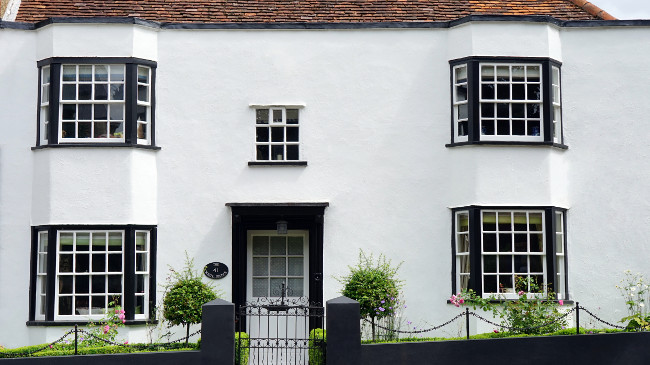
Location is certainly king, but it goes without saying that the appearance of your property is also important. There is a vital distinction to make here – it is undoubtedly worth altering the aesthetic of your home in ways that are likely to appeal to a majority of people, not so in ways that could be considered at all niche. While singularly striking décor will appeal to some, it is less likely to garner the blanket positive response that a more neutral alternative would. It is easier for prospective buyers to imagine themselves living in a blank slate of a home rather than a highly specialised one.
With this in mind, in the totem pole of your priorities, the maintenance of your property should take priority over superficial visual improvements. One such example is applying a fresh coat of paint. As well as having a regenerative effect on tired and worn interiors and exteriors, Sovereign paint will ensure that your property is protected from whatever the weather has to throw at it – the masonry paint for example, is blister proof and possesses anti-fungal properties. Not only will these kind of changes add a new lease of life to a worn and tired property, it will also ensure that the property will stand the test of time – as attractive a quality as any to a prospective buyer.
Curb appeal
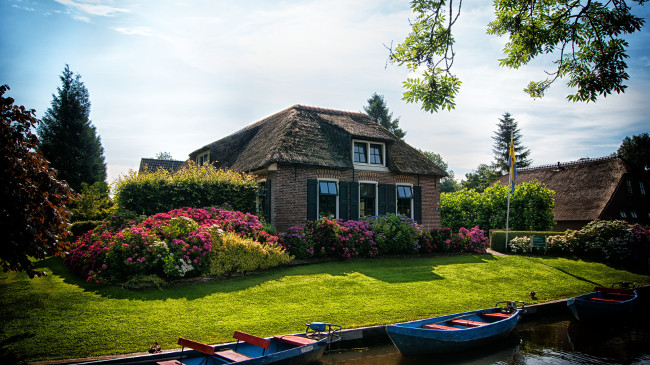
Applying the same principles to the garden and immediate surroundings of a property can have a similarly transformative effect value-wise. By cultivating what real estate agents call ‘curb appeal,’ homeowners can easily boost the value of their home. First impressions are vital – a survey conducted by HomeSearch suggests that a properly maintained garden can increase the value of a home by up to 20% – and giving your lawn a makeover is easily amongst the simplest ways to bolster the price of property by such a considerable amount.












